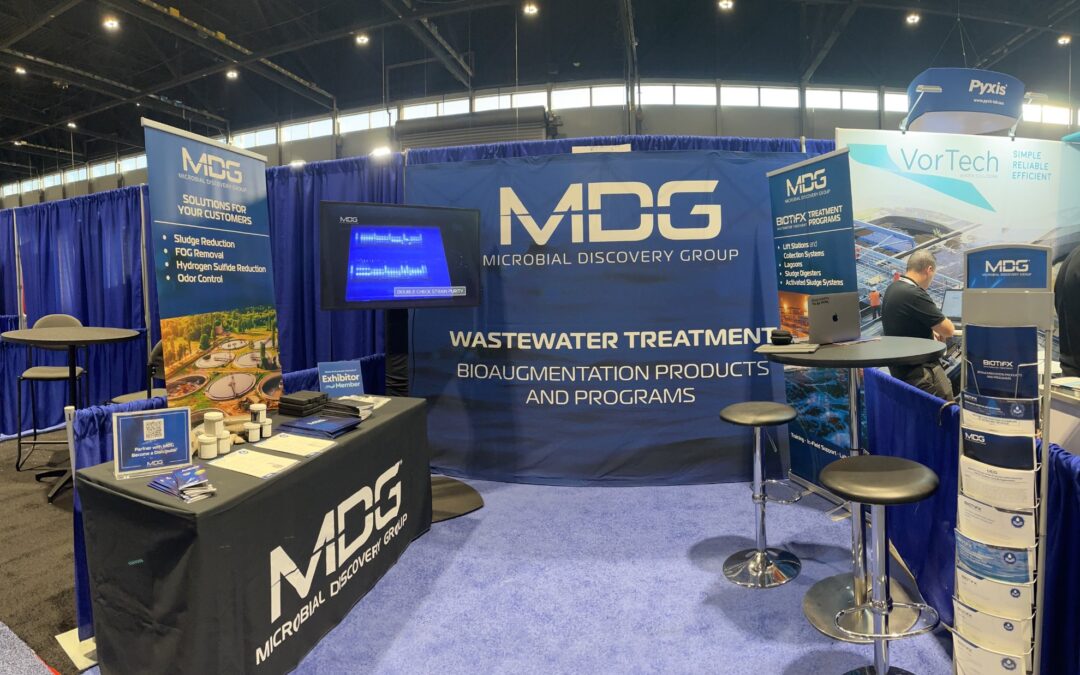Odors are everywhere: from tiled surfaces to carpets, from portable toilets to pet waste. When you’re creating microbial products to combat odors, you want to offer solutions specific to the challenges your customers are facing. This means diving into the “science behind the stink” and understanding the components that make up different types of unpleasant smells.
Let’s look at 5 major contributors, and the types of odors they produce:
- Volatile fatty acids (VFAs): VFAs are organic acids produced by the microbial metabolism of biomass and food waste, such as dietary fiber, starch, protein, and amino acids. VFAs commonly associated with odor include short-chain fatty acids such as acetic, propionic, and butyric acids, as well as C5–C7-chain fatty acids such as valeric, caproic, and capric acid. Each VFA has its own distinct smell. Valeric and butyric acids, for example, are commonly associated with vomit odor.
- Phenols and indoles: Phenols and indoles are produced by the metabolism of amino acids and emit very intense smells. One of these compounds, 3-methyl indole (also known as skatole), is found in pet and livestock feces and carries an intense, pungent feces odor.
- Sulfur-containing compounds: Anaerobic sulfate reduction by bacteria and certain amino acid degradation pathways produce sulfur-containing compounds. The breakdown of these compounds is known to release hydrogen sulfide and mercaptans, substances that are associated with a variety of unpleasant smells. Hydrogen sulfide can be identified by its rotten egg odor, while different types of mercaptans emit pungent garlic or skunk-like smells. Sulfur-containing compounds can cause issues in drains and sinks, where rotting food may be found.
- Deamination: Deamination is the removal of an amino group from an amino acid, a process which often releases carbon dioxide, hydrogen, and a variety of odor-causing compounds, such as VFAs and . Many are already familiar with the strong chemical smell of ammonia, often associated with urine breakdown and ammonia chemical cleaners. Your customers may encounter these odors when cleaning bathroom facilities.
- Decarboxylation: Decarboxylation is the removal of a carboxyl group, a carbon in a carbon chain, from an amino acid. Decarboxylation can release a wide array of odorous amines such as:
- Methylamine, which emits a fish-like odor
- Ethylamine and butylamine, which can both smell of ammonia
- Putrescine and cadaverine, which are commonly associated with the smell of decaying animals and even bad breath
Bacillus-Based Cleaning: A Comprehensive Odor Solution
The science behind odors may be complex, but the solution doesn’t have to be. For decades, many companies have provided odor counteractants with cleaning chemistries that simply mask or cover up odors, leaving the odors’ sources behind once the chemistries dissipate.
Bacillus-based ingredients, however, offer a more well-rounded solution to your customers’ odor challenges. With the help of our experts, you can combine our Bacillus strains with your formulations to create a microbial product that combats odors and their root causes.
Bacillus use odor-causing compounds like those described above as food. Along with the enzymes they release during the digestion process, Bacillus consume these odor sources and help remove them from wherever the bacteria is applied. Additionally, our Bacillus strains enhance the native bacteria already present, so that they, too, can assist in the odor mitigation process. This means that smell reduction continues beyond the initial application of a Bacillus-based product. Finally, microbial products are environmentally friendlier and safer for the people that use them.
Partner with MDG Bio
When you use microbial ingredients in your cleaning products, you can be confident that you’re providing your customers with an effective and economical solution to their odor challenges. At MDG, we are Bacillus experts, and we provide manufacturers and distributors with scientifically selected bacterial strains that help mitigate odors in a variety of applications. If you’re interested in discovering the “science behind the stink” in the Industrial and Institutional markets, contact us and start your microbial cleaning journey today!
MDG is the Bacillus solution that helps you scale and streamline without sacrificing product effectiveness.









